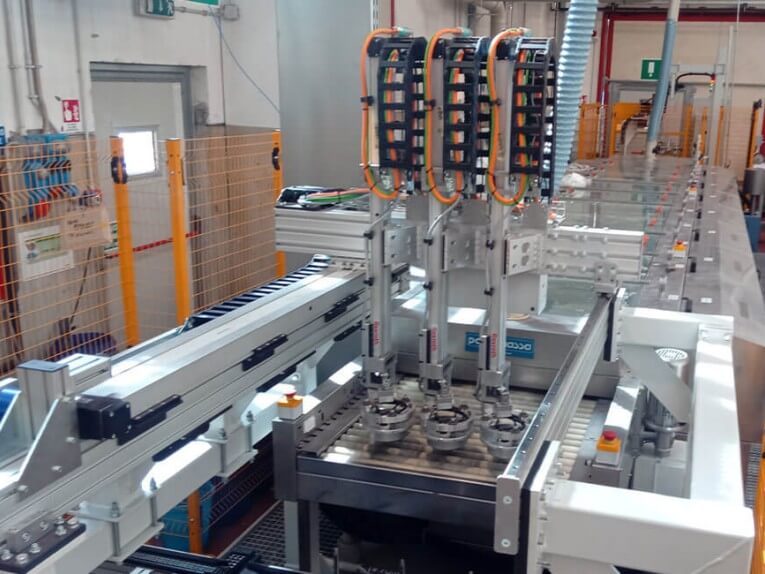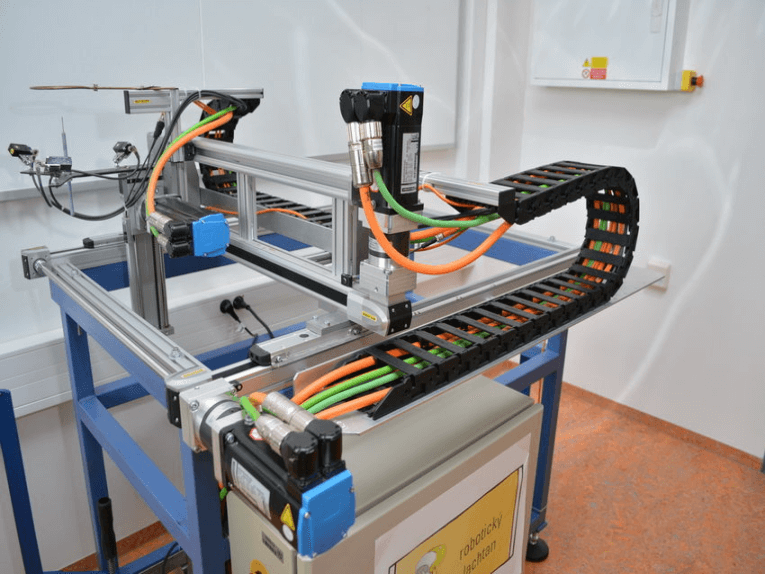-

How to Choose the Right Pick and Place Robots for Your Business?
Industries That Use Pick and Place Robots Pick and place robots are used in a variety of areas as industrial robots. Some of the industries that utilize these robots are: Packaging: Packaging is one of the most common types of applications of pick and place robots. From food packaging in a packa...Read more -

Advantages and Applications of a Pick and Place Robot
There are many different types of pick and place robots, such as: Cartesian Robots: Cartesian robots move items in multiple planes, using X, Y, and Z coordinates (known as cartesian coordinates). Fast Pick Robots: Fast pick robots pick items at a very high speed, which is why there are used in h...Read more -

What is a Pick and Place Robot and How Does it Work?
The food processing and packaging industry is growing at a rapid pace. To meet the growing demands and required efficiency, manufacturers are using robotics to achieve tasks that would otherwise require dedicated manual labor. Pick and place robots are one of the most commonly utilized automatio...Read more -

What Are The Different Types of Pick and Place Robots?
Pick and place robots are available for a wide range of applications. Whilst this gives you an overview of pick and place robots, the exact type of pick and place robot to suit your application will be very dependent on your specific requirements. Robotic pick and place systems can be configure...Read more -

Classification of industrial robots by mechanical structure
Let us check out the classification of robots in detail: 1) Cartesian Robot: Also known as: Linear Robots/XYZ robots/Gantry Robots A Cartesian robot can be defined as an industrial robot whose three principal axes of control are linear and are at right angles to each other. Using their rigid str...Read more -

Types of Robots Based on Configuration
Introduction to Industrial Robots An industrial robot can be defined as a robot system that is used for manufacturing. A wide range of tasks can be performed by the industrial manufacturing robots as they are included with diverse capabilities. Industrial robots perform various tasks (such as pi...Read more -

Choosing the Best Pick and Place Robot
With the ability of each type of pick and pack robot to effectively and efficiently execute numerous types of tasks within the manufacturing process, the real challenge is to select the one with configurations that best suit the factory’s operational needs. Here are a few other considerat...Read more -

What is a Pick and Place Robot?
Robots have revolutionized the manufacturing process, providing an efficient and cost-effective means to keep humans from having to perform unsafe and repetitive tasks that can cause strain injuries. Pick and place applications are one of the most common places within the assembly process where ...Read more -

When Should You Consider Automating?
It can be evident that you need to automate specific electronics manufacturing processes, however not every machine is suitable for each scenario. Your situation and business details will determine if automation will be a positive addition to your company. Let’s look at some common reasons why t...Read more -

Types of Electronics Manufacturing Robots
Manufacturers have several options for electronics manufacturing automation. There are a few robot types commonly found in these applications: 1. Collaborative 2. Cartesian 3. SCARA 4. Six-axis Collaborative Collaborative robots are common choices for electronics manufacturers. Electronics produ...Read more -

Electronics Manufacturing Robots: Solving High Precision Operations
The demand for quality electronics has increased significantly due to everyday devices’ growing complexity and connectivity. This puts pressure on manufacturers to produce more products more competitively. Automation is the primary way manufacturers achieve these productivity increases. Th...Read more -

Sewing Robots: How Robotics Solve the Most Challenging Applications
Automation has found its way into almost every facet of manufacturing. However, sewing has traditionally been a difficult task for industrial robotics and other automation tools to tackle. New advancements in automation technology are expanding the world of automation for sewing manufacturers, e...Read more







